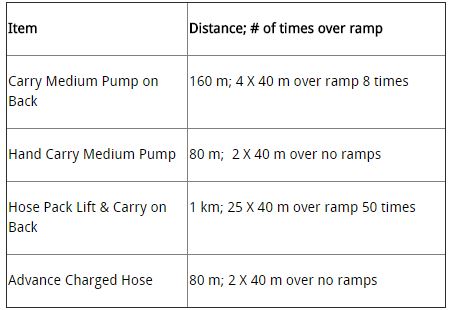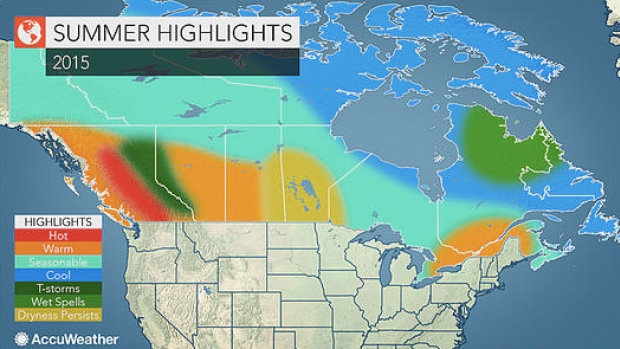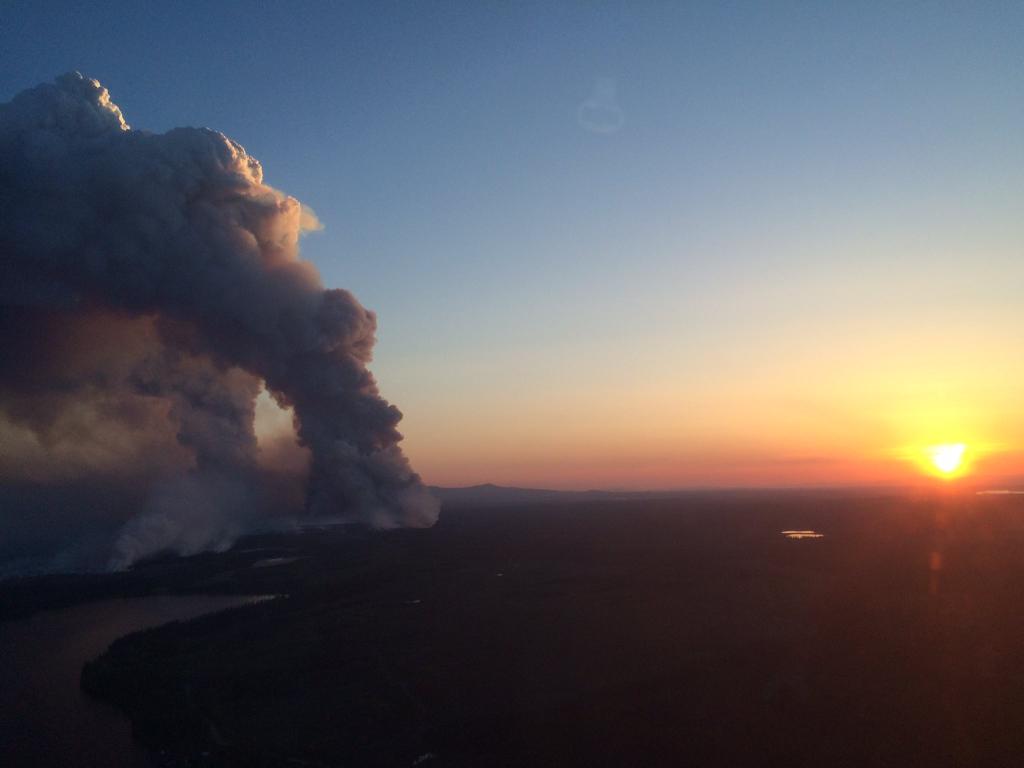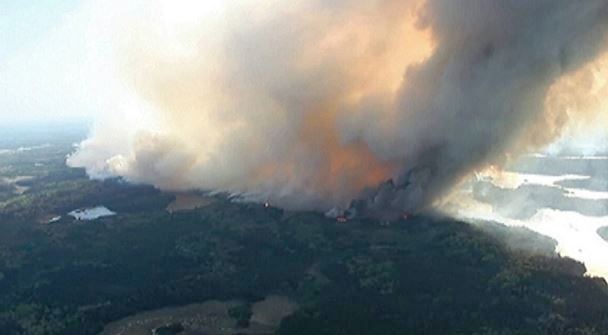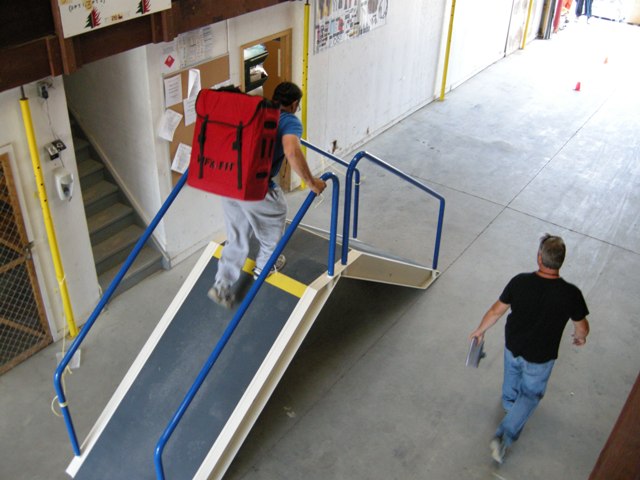
The two articles about the fitness test for wildland firefighters in the United States published yesterday on Wildfire Today have generated significant interest so far, judging from the number of comments left by our readers in the last 24 hours. The fitness test we are referring to is the Pack Test version of the Work Capacity Test which requires carrying 45 pounds (20.4 kg) for three miles on flat ground (4.83 km) in less than 45 minutes. Federal land management agencies in the U.S. and some fire departments require that firefighters pass the test each year in order to work on the fireline.
It was a coincidence that the two articles appeared on the same day. Rae Brook’s piece about a possible new and tougher version of a fitness test for hotshot crews had been in the pipeline for weeks and was just completed yesterday, about the same time that we received word of the unfortunate fatality of someone who was attempting to take the test two days earlier.
We learn a lot from comments left by our readers. “BC Initial Attack” informed us about the fitness test required of Type 1 Firefighters in Canada. The WFX-FIT, which first saw widespread use in 2012, is described as “a valid job-related physical performance standard used to determine whether an individual possesses the physical capabilities necessary to meet the rigorous demands encountered while fighting wildland fires.”
The components of the WFX-FIT, after pre-participation screening are:
The pump, or simulated pump, weighs 62.7 pounds (28.5 kg). The simulated hose that is dragged is represented by a 40.7 pound (18.5 kg) weighted sled. The hose pack weighs 55 pounds (25 kg).
Firefighters must be able to complete the test within 14 minutes and 30 seconds to be eligible for the National Exchange. The Ontario Provincial Standard is 17 minutes and 15 seconds, the Alberta Provincial Standard is 14 minutes and 20 seconds, and the British Columbia standard is 14 minutes and 30 seconds. A score between 14 minutes and 31 seconds and 17 minutes and 15 seconds will meet the Ontario Provincial Standard but will not permit deployment outside of Ontario.
The photos are from the WFX-FIT website and the above video.

